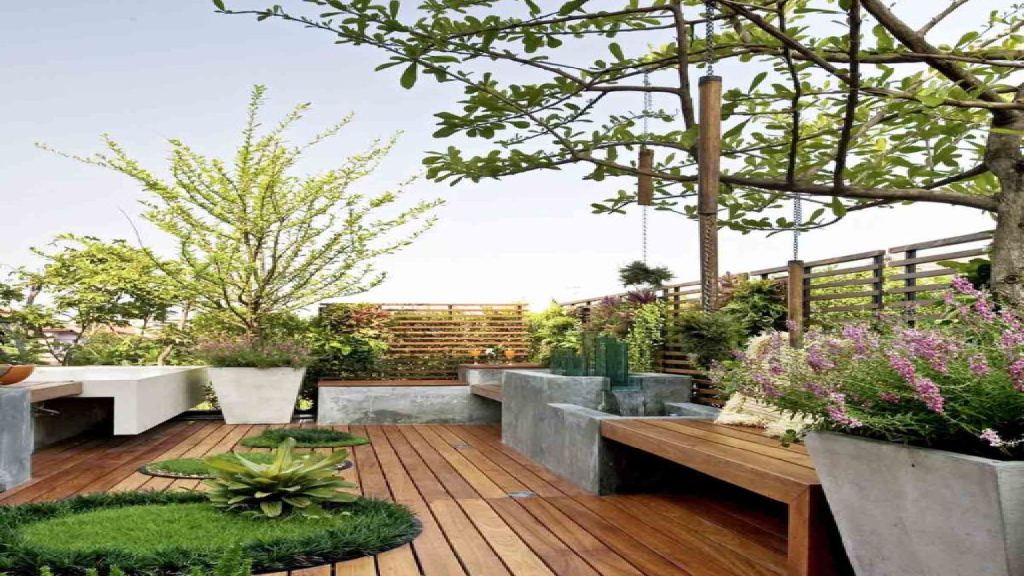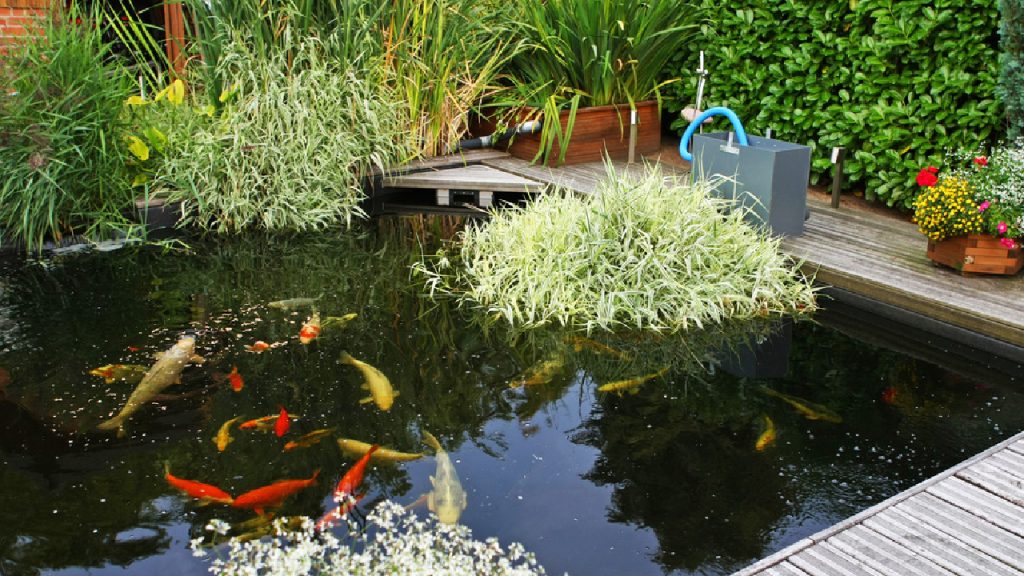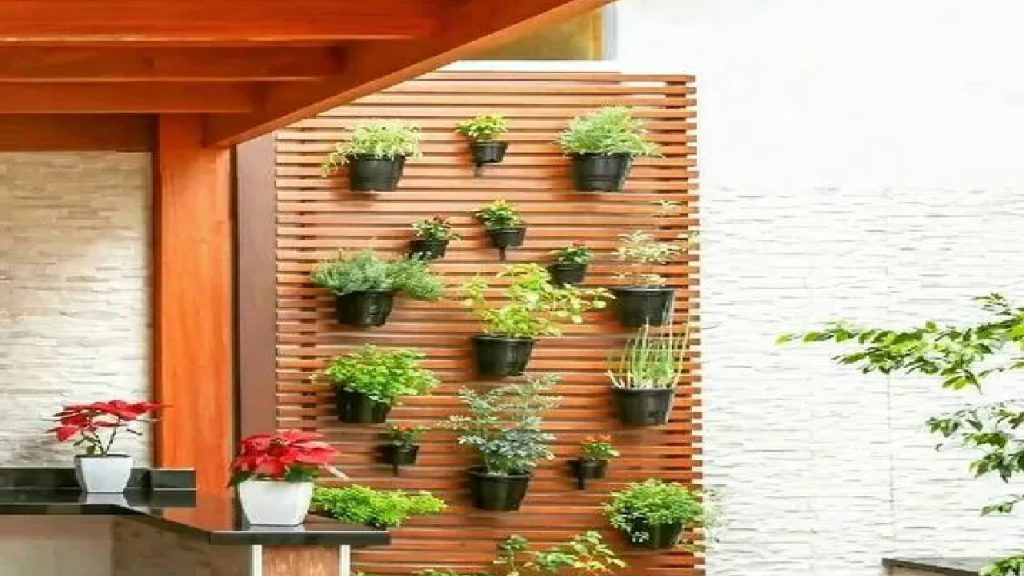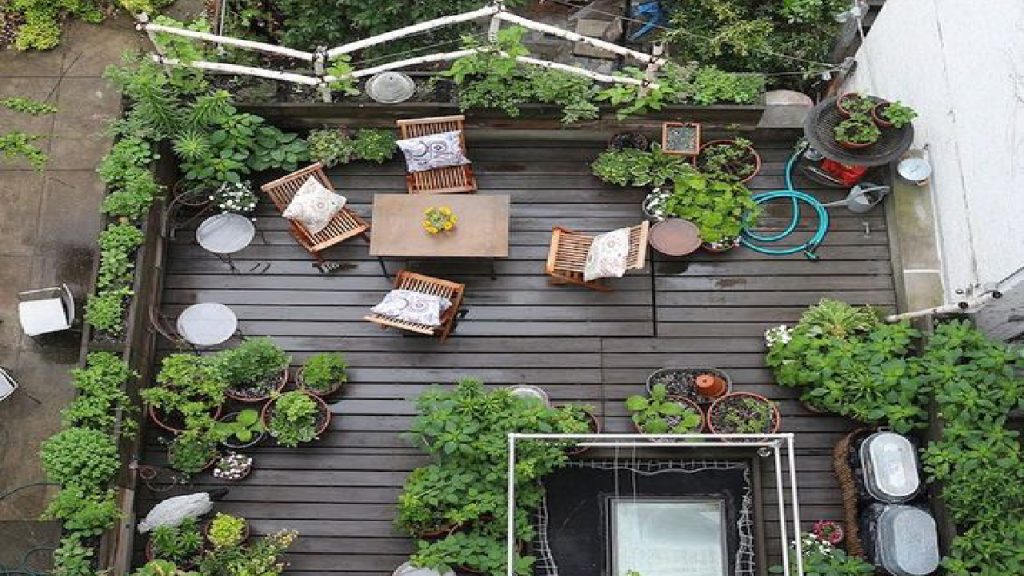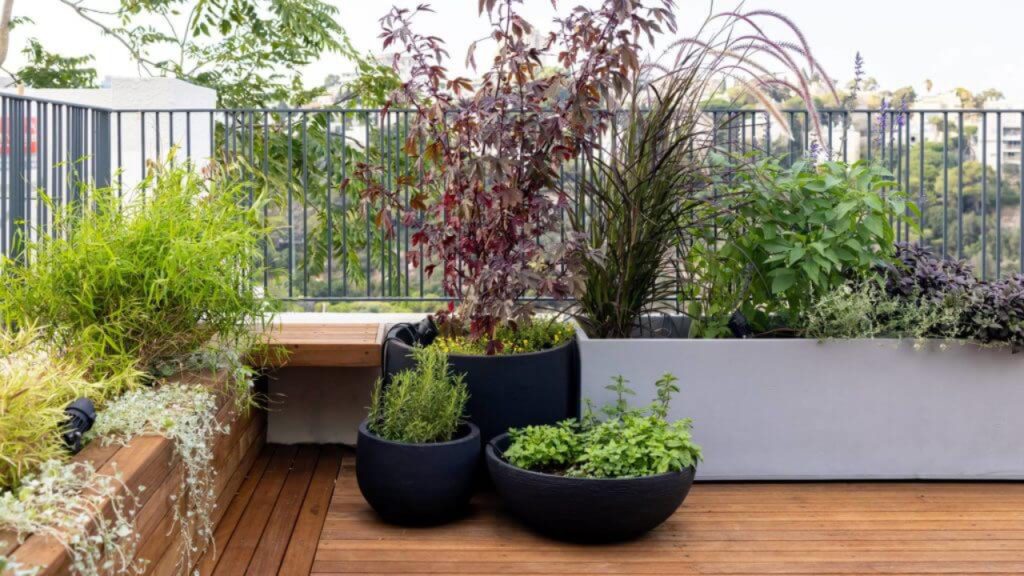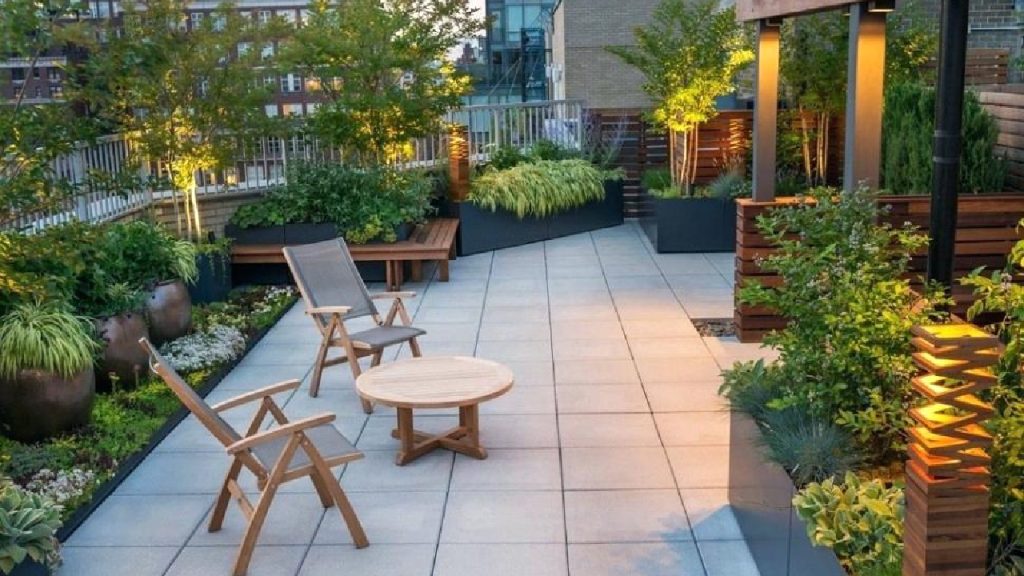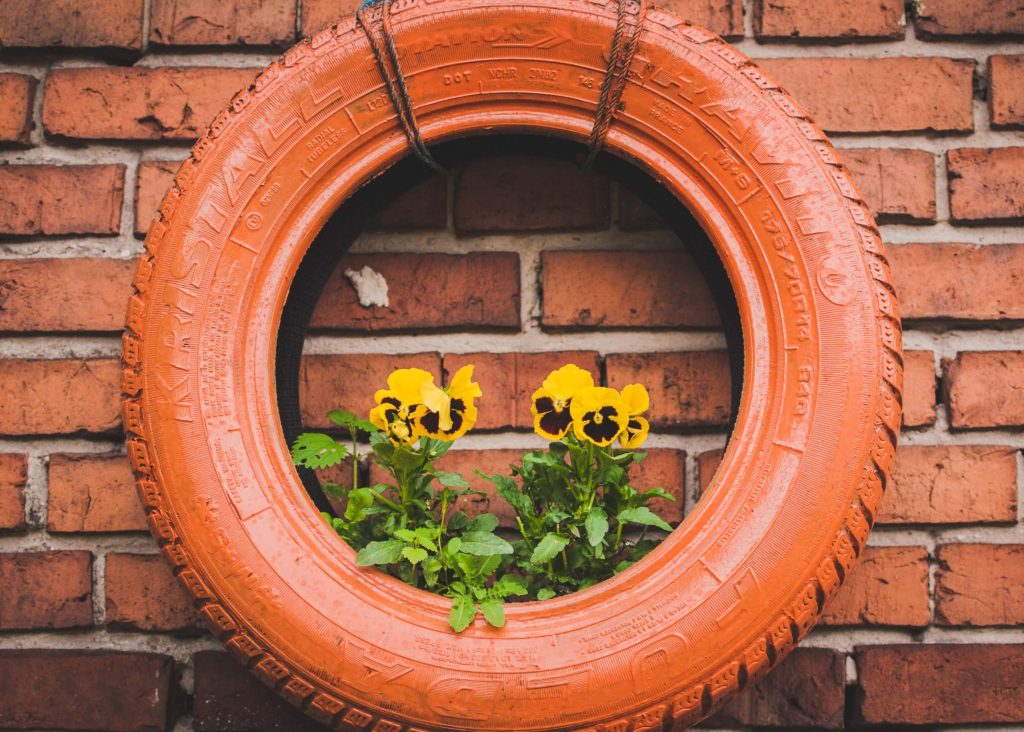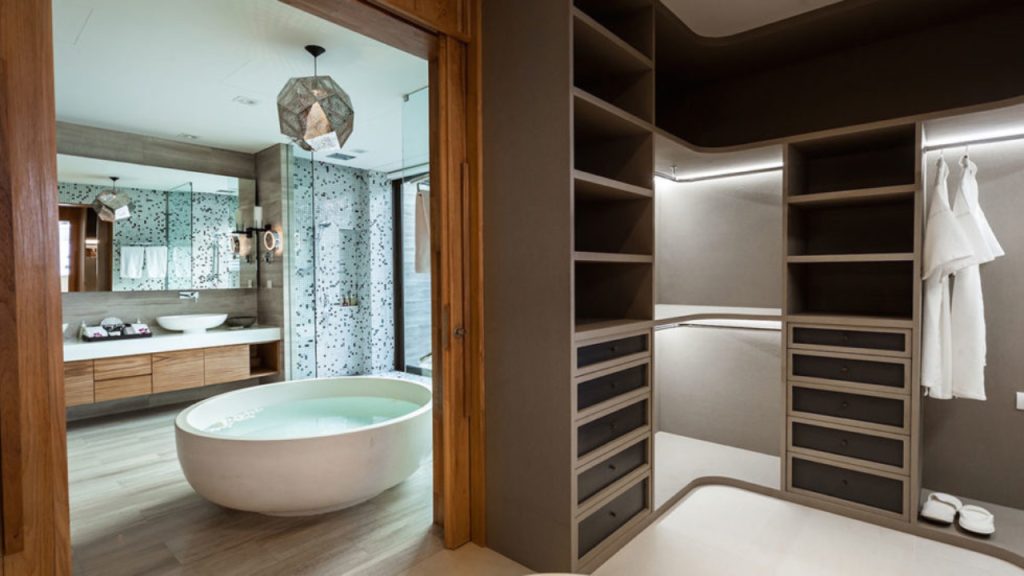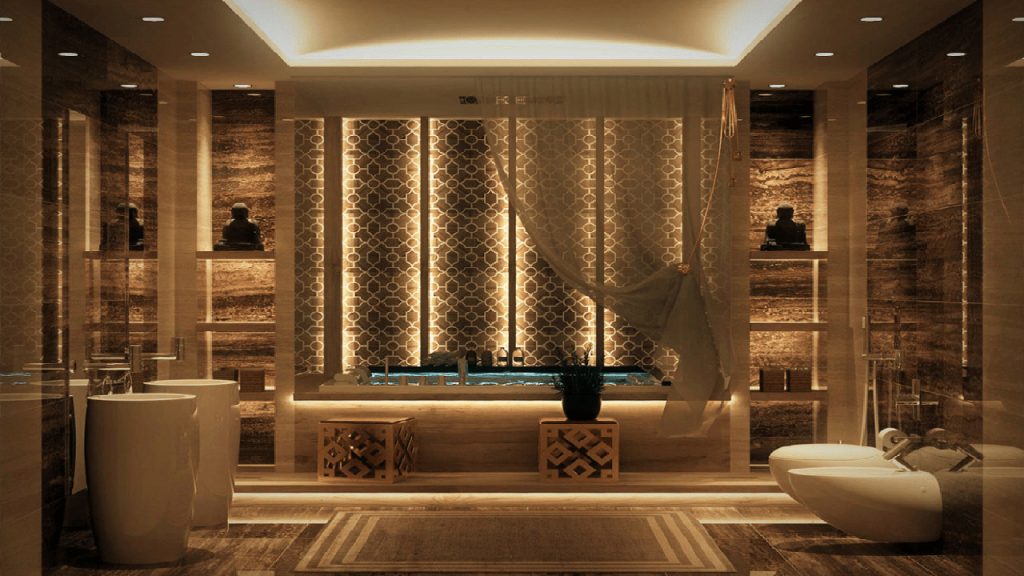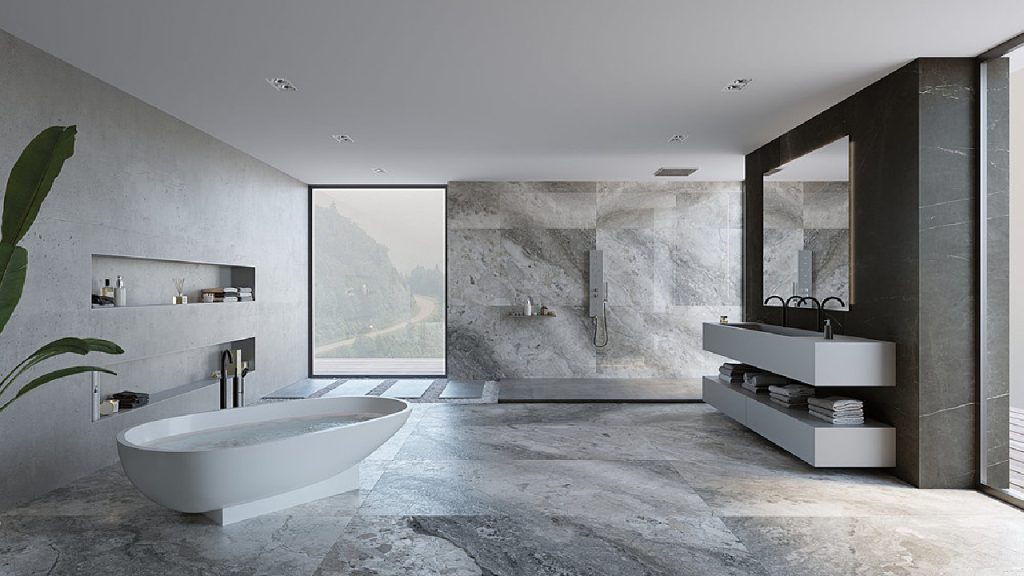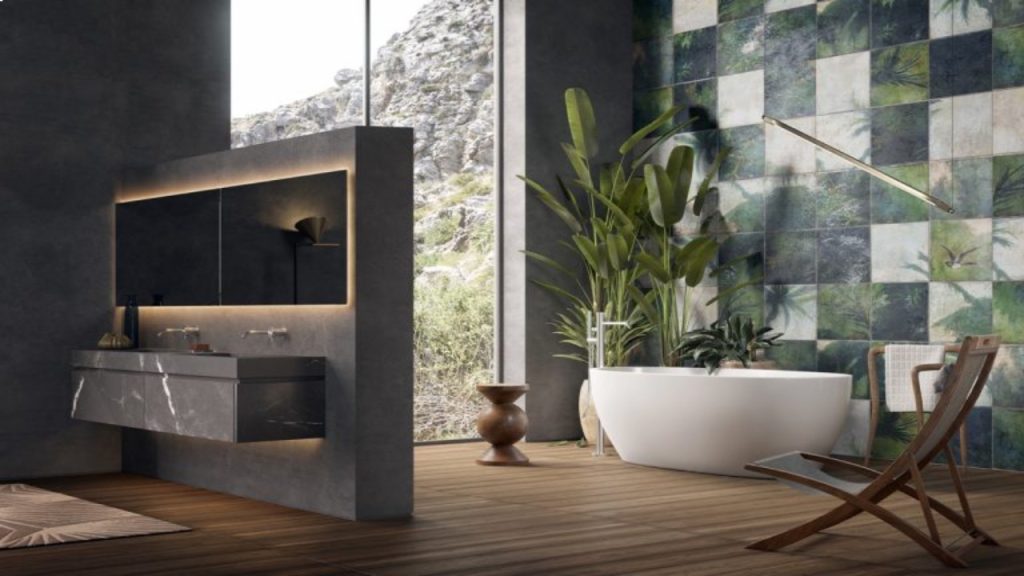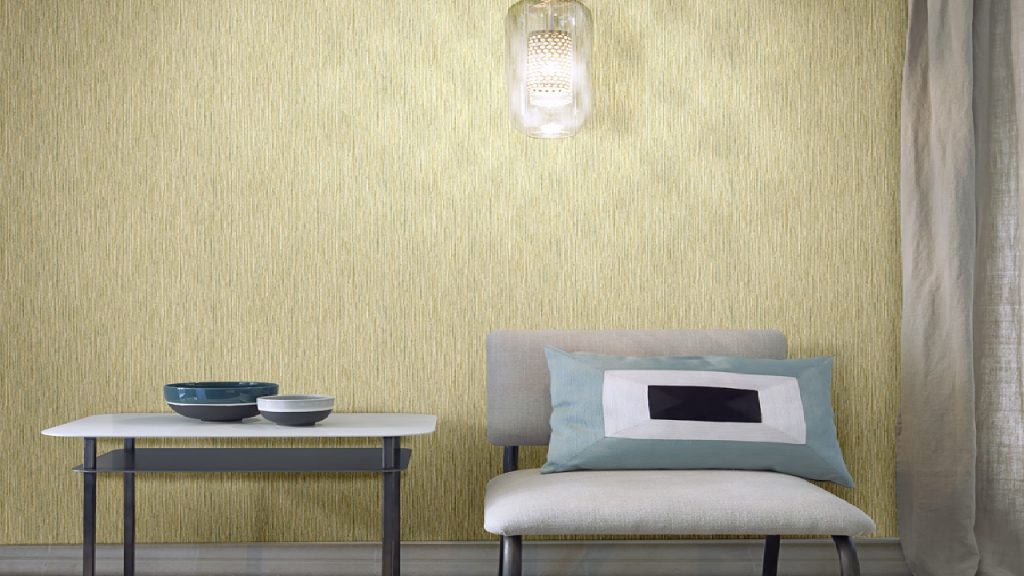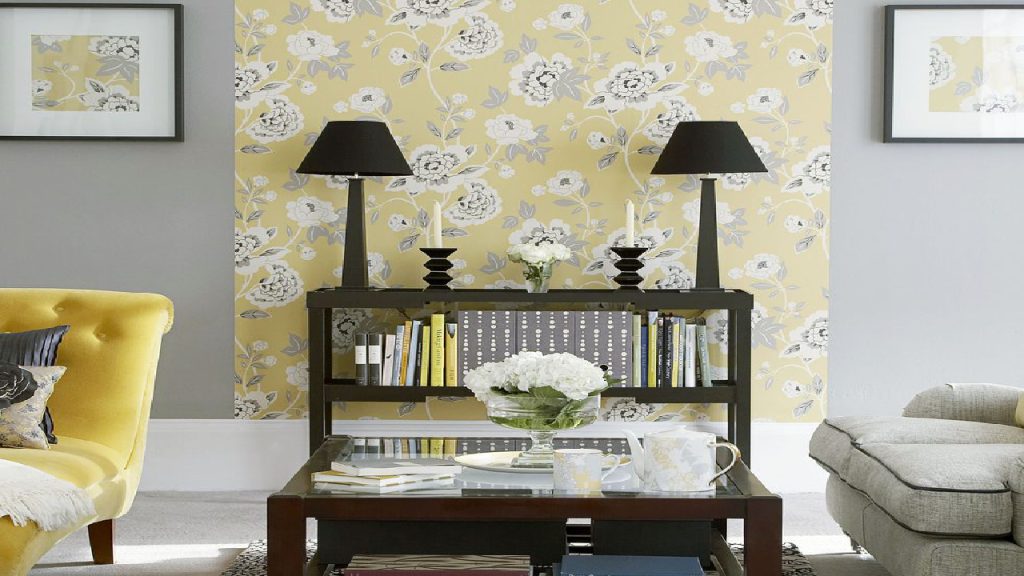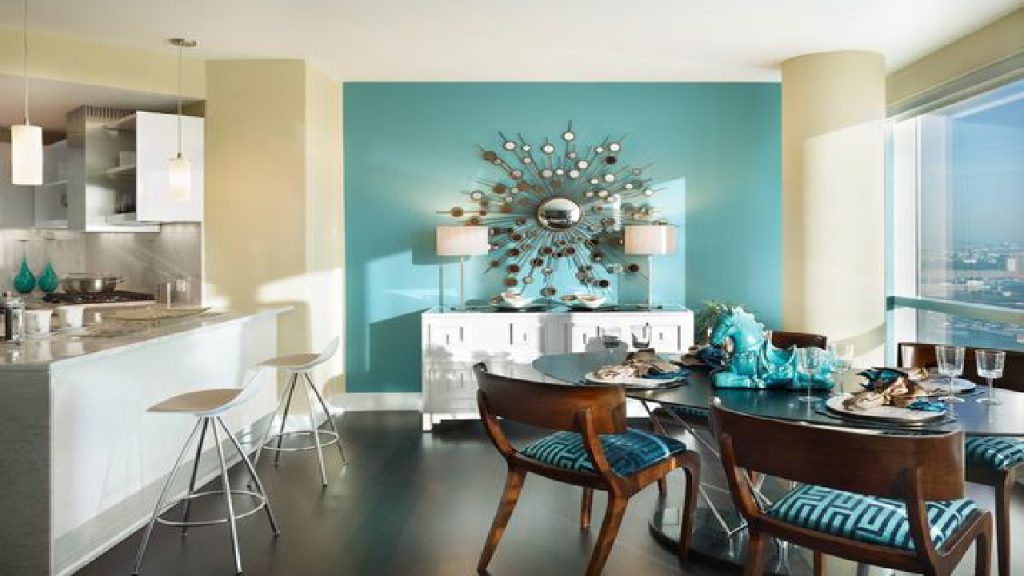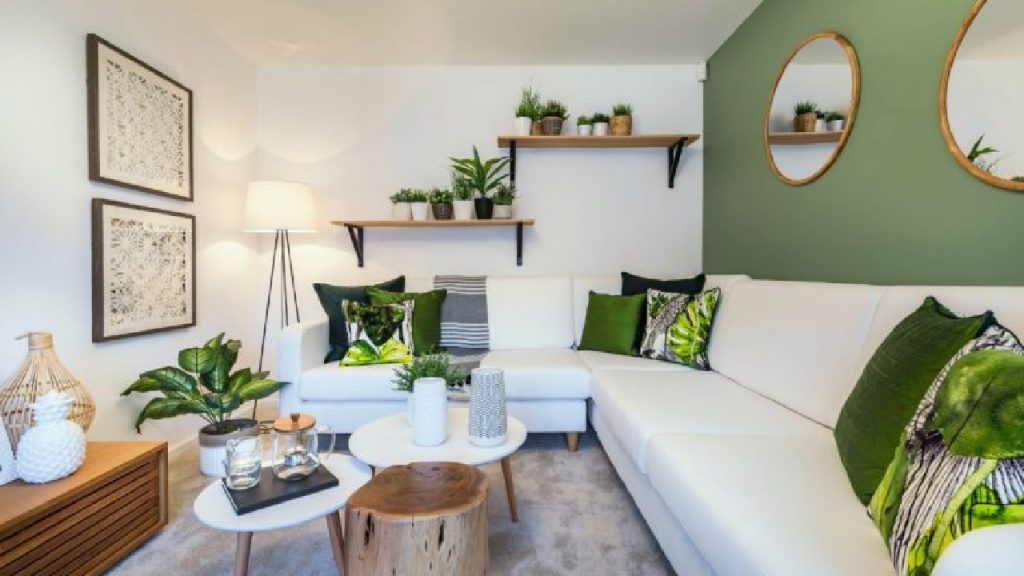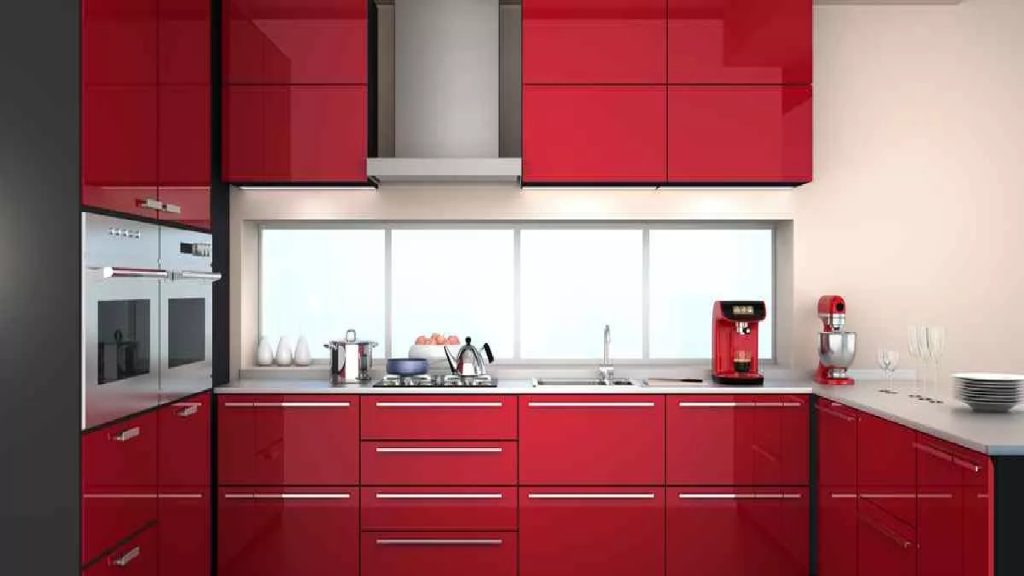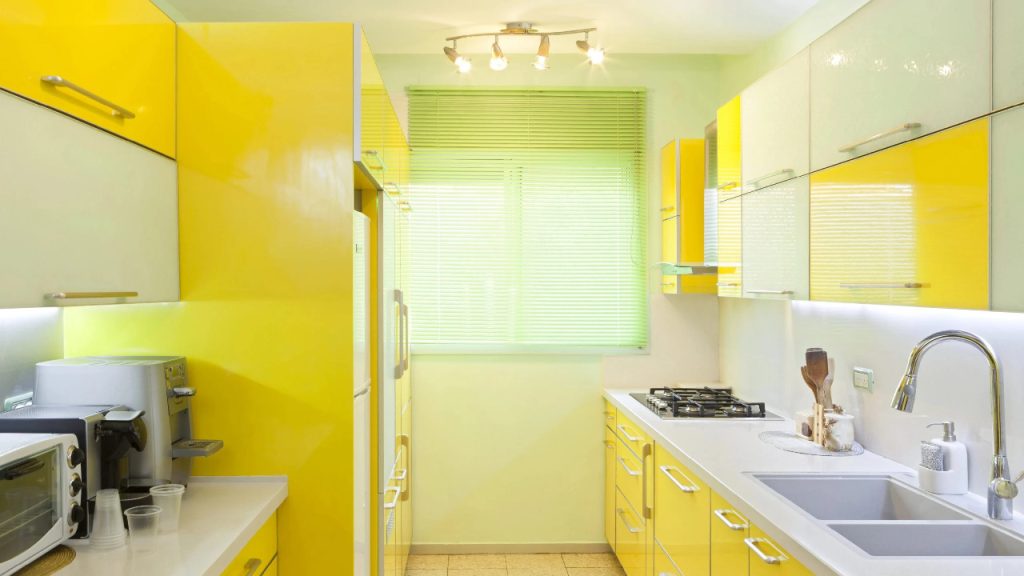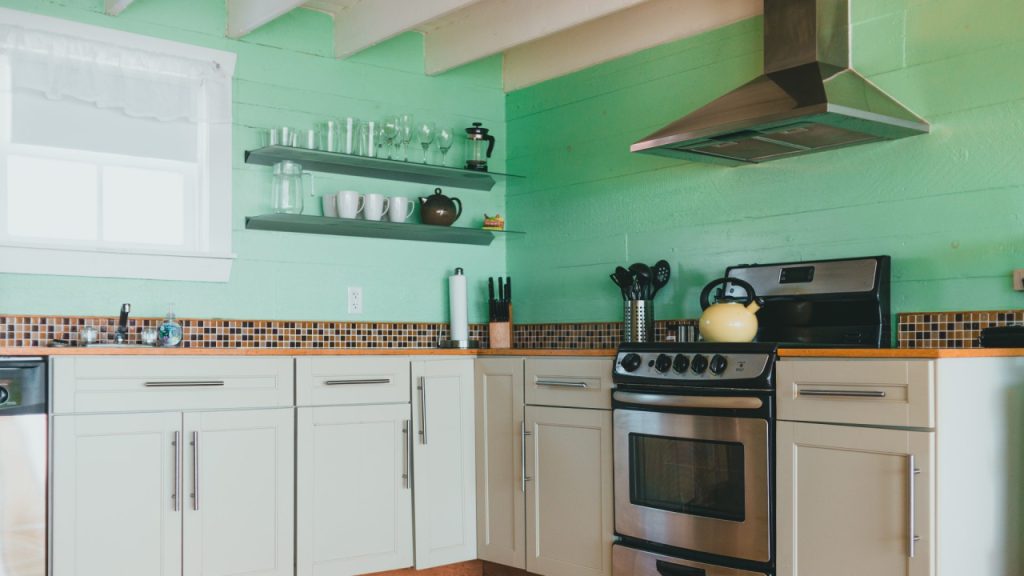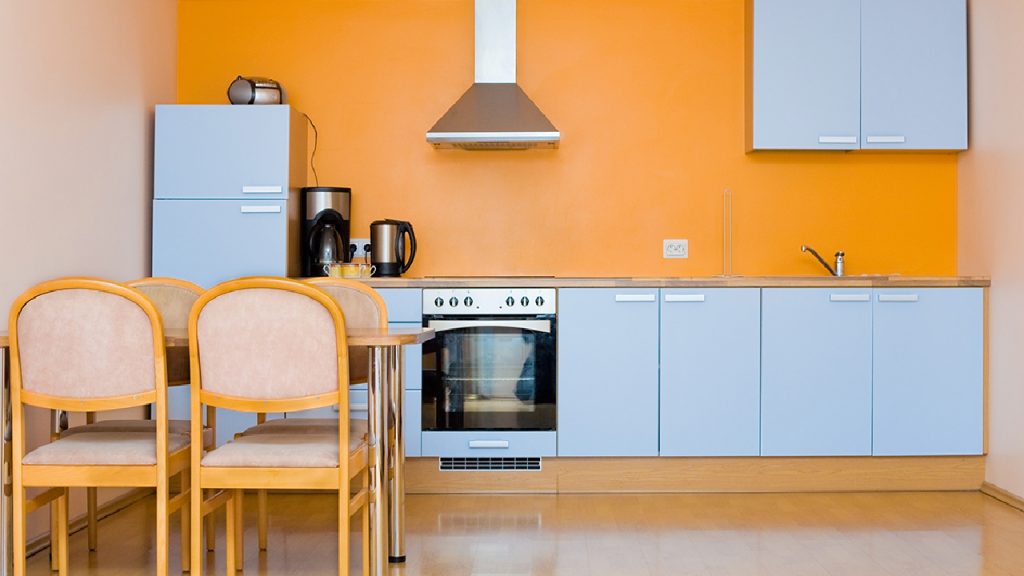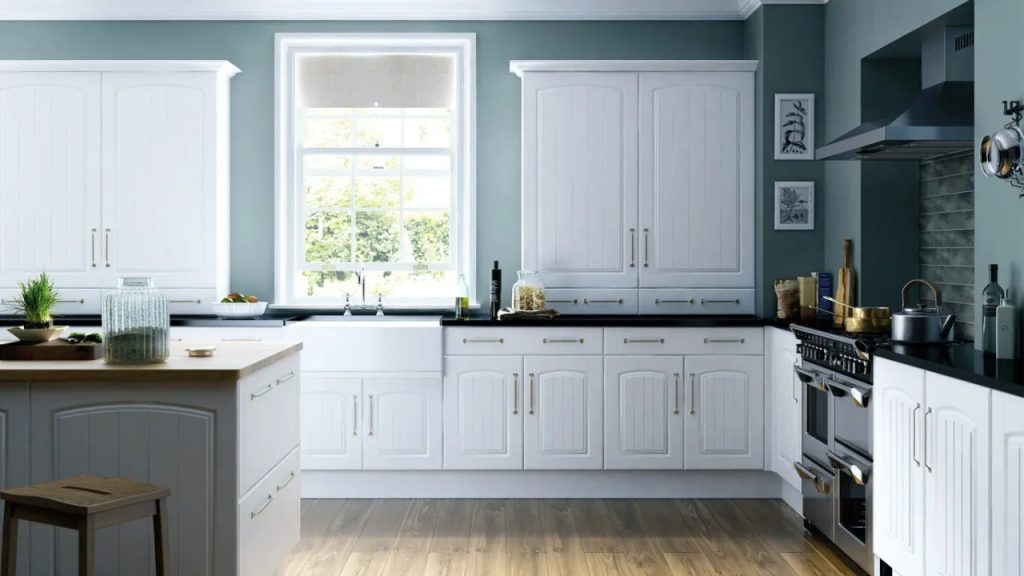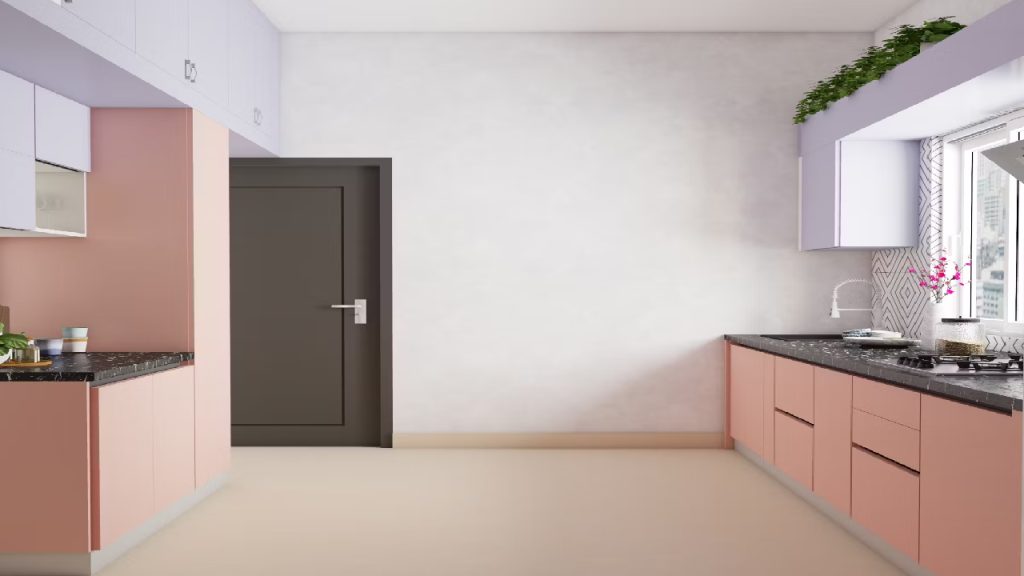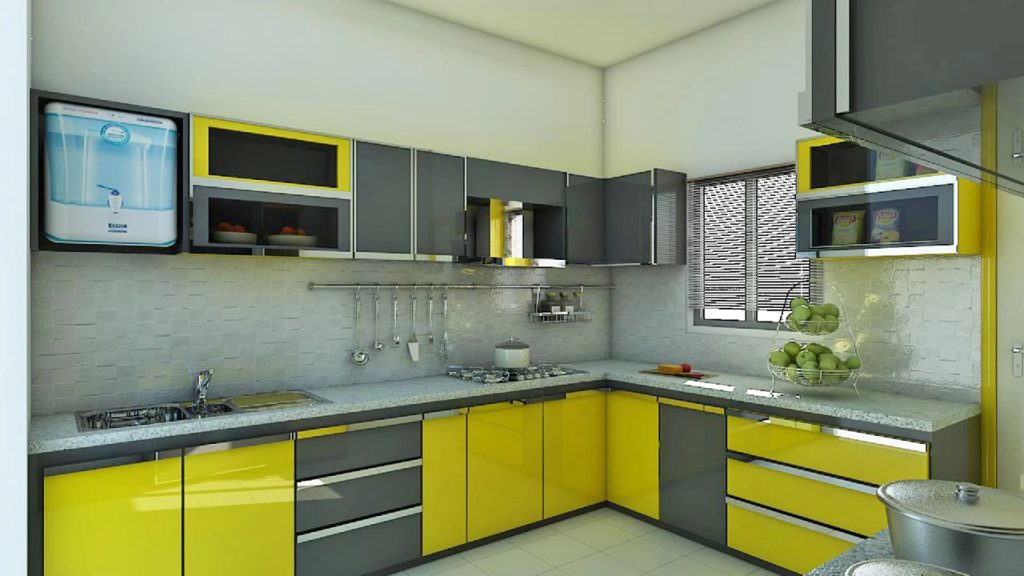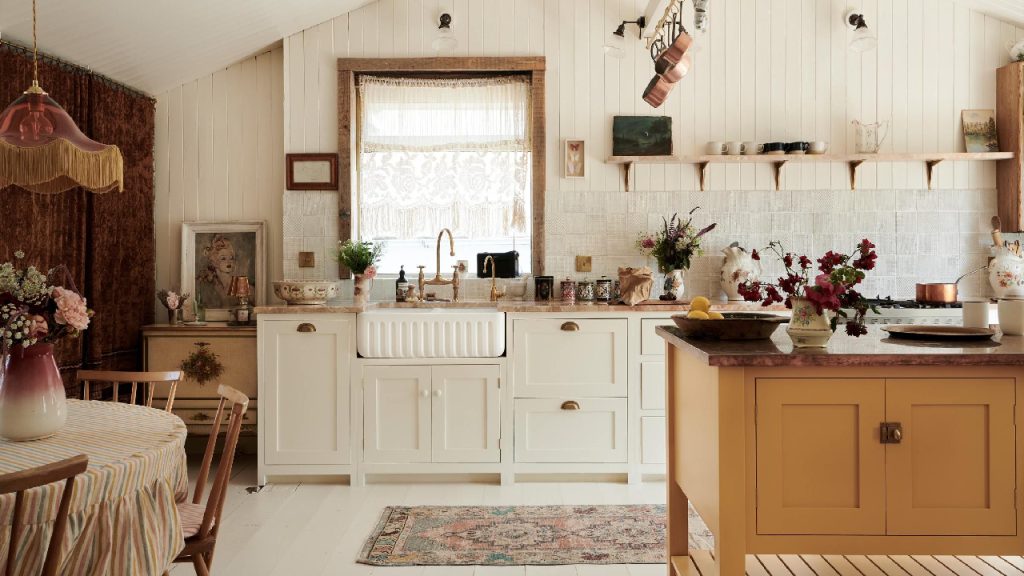Bankruptcy meaning
A person or business may file for bankruptcy if they are unable to pay their debts or other obligations. For those who are no longer able to pay their bills, it offers a new beginning.
A petition is filed, either on behalf of the debtor, which is more often, or on behalf of creditors, which is less frequent, to start the bankruptcy process. All of the debtor’s assets have been measured and assessed, and some or all of the debt may be repaid with the help of the assets.
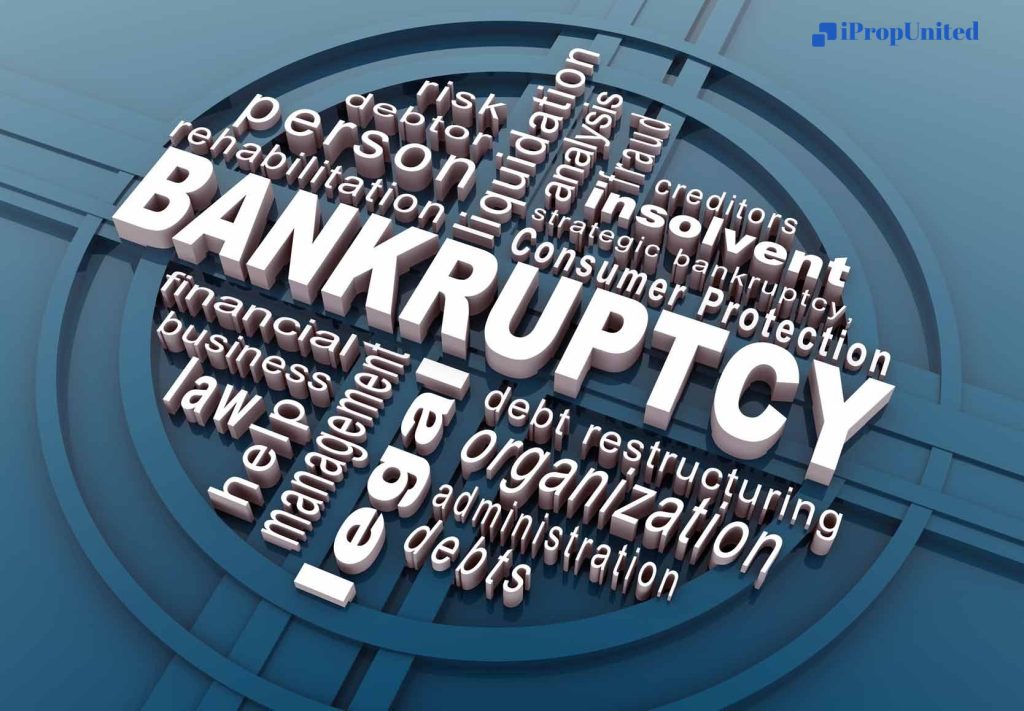
Understanding Bankruptcy
By wiping out unmanageable debts, bankruptcy gives an individual or corporation an opportunity to start again. In the meantime, creditors may be able to receive some payment based on the person’s or company’s liquidable assets.
The opportunity to declare bankruptcy should help the economy as a whole by giving people and businesses another chance to access finance. It may also assist creditors in recovering some of the loan repayment.
It was intended for the Insolvency and Bankruptcy Code 2016 (IBC) to be a game-changing piece of legislation. By (i) developing a comprehensive code for insolvency and bankruptcy for corporations and individuals; (ii) establishing a new architecture, which consists of a committee of creditors (COC) and dedicated adjudicating authorities (AA) for insolvency resolution and liquidation; and (iii) introducing judicial discipline in the process, it aimed to revolutionize and transform the culture surrounding insolvency and bankruptcy.
Each of the three components was designed to deal with a specific issue that India’s bankruptcy system faced. The measures for winding up companies in the Companies Act of 1956 and the Companies Act of 2013 were judged to be insufficient. The Sick Industrial Companies (Special Provisions) Act of 1985 (SICA), which offered sick industrial undertakings a framework for resolving insolvency, had fallen short of expectations. The insolvency and bankruptcy regime for people was founded on colonial law, which needed to be updated to meet needs for the twenty-first century.
The IBC was revolutionary in this regard. It also established the Insolvency and Bankruptcy Board of India (IBBI) as the regulator, which can proactively respond to the changing reality through its regulatory powers, in addition to prescribing a statutory framework for insolvency resolution and bankruptcy. The IBC has been successful in establishing a distinct body of law for the settlement of insolvency. By putting the law into effect, the government and IBBI have also taken the initiative to address questions and find solutions as they arise. This explains why the IBC and the many regulations made under it are frequently amended; yet, the fact that the IBC is still not completely operational despite having been in effect for almost six years raises certain questions.
The National Company Law Tribunal (NCLT), which served as a forum for resolving disputes for businesses, was designated as the AA for the resolution and liquidation of corporate insolvency. Since the IBC was enacted, the NCLT has established itself as the premier forum for bankruptcy resolution and liquidation, with the majority of the cases on its docket being insolvency-related. A total of 9,653 new cases were filed at various benches of the NCLT, of which 4,640 were submitted under the IBC, according to the Ministry of Corporate Affairs’ annual report for 2021–2022. In a similar vein, 4,142 of the 9,362 total cases decided by various NCLT benches fell under the IBC.
Delays in the resolution of disputes have frequently been brought on by a heavy caseload, particularly at the NCLT benches in Delhi and Mumbai. While the intention was to address the pendency issues, the establishment of regional benches across a number of states and an increase in bench strength at the Delhi and Mumbai benches have had the opposite effect. There are currently 25 technical members and 22 judicial members out of a sanctioned strength of 63 members. According to this, just around one-fourth of the bench strength has been filled. 10 judicial and 16 technical members of the current membership will retire in 2022, which raises questions about whether the appointments announced in 2021 will be enough to handle the exploding docket. In addition, the National Company Law Appellate Tribunal (NCLAT) bench has been enlarged from seven to twelve by means of a notification dated May 12, 2022, with the inclusion of three judicial members and two technical members. Many regional benches of the NCLT are not completely operational despite certain appointments in September 2021, diverting resources from other benches as a result. If these structural problems aren’t fixed, the number of cases still outstanding under the IBC will increase, causing delays in their settlement.
One of the main objectives of the IBC was to enforce judicial discipline in insolvency settlement. Although the IBC has performed significantly better than its predecessor, SICA, in this regard, many contend that its track record is far from sufficient. The corporate insolvency resolution procedure (CIRP) is subject to a stringent 180-day time limit set by the IBC, which may be extended by an additional 90 days at the adjudicating authority’s discretion. Via a 2019 change to the IB, this was further extended to 330 days.
According to data made public by the IBBI, CIRPs that resulted in resolution plans took an average of 581 days to complete (after excluding time permitted by AAs). Furthermore, it took an average of 654 days for the CIRPs that were liquidated to come to an end. A lot of cases take significantly longer to resolve (Essar Steel’s CIRP took 866 days to finish).
The delays have decreased the value for creditors and may have, in some cases, led to greater haircuts for all parties involved. Due to the delays brought on by the COVID-19 outbreak and the ensuing circuit-breaker measures imposed by the Indian government, the time required for CIRPs has also increased. Also, by the end of March 2022, 5,258 CIRPs have been started under the IBC, according to statistics made public by the IBBI, 1852 of them are ongoing.
Many business debtors are continuing the pattern of selecting liquidation over plans. The adjudicating authority passed orders for liquidation in 47% of the 3,406 CIRPs that were liquidated, according to the data that is currently available. About 14% of corporate debtors really followed through with the settlement plan.
The most common reason for the timeline disruptions is judicial involvement. The timelines have come to be seen as essentially advisory in nature as a result of the courts’ permissive interpretation of the limits set by them. The courts have consistently prevented the government and parliament from fixing the timelines. In the Committee of Creditors of Essar Steel India Ltd v Satish Kumar Gupta, the Supreme Court held that the word “mandatorily” is unconstitutional and that the 330-day deadline (which was added by way of an amendment in 2019) is advisory rather than mandatory.
The government has mostly contributed positively to making the IBC more effective. It has been effective in convincing India’s banking watchdog, the Reserve Bank of India (RBI), to encourage the banking system to use the IBC as the main method of debt settlement. The covid-19 epidemic has unavoidably caused some obstacles to this strategy. The government and the IBBI have intervened to alter the laws and regulations where difficulties with IBC implementation have arisen. There have been certain occasions where frequent revisions have led to confusion, even though overall the amendments have made the implementation go more smoothly.
Recent changes to the law
The IBC has likely undergone the greatest changes in recent years, some of which were required to prevent unintended consequences. The IBC has undergone legislative modifications in the last year that have been focused on the timely completion of the CIRPs.
The 2021 Amendment
The government promulgated the Insolvency and Bankruptcy Code (Amendment) Ordinance 2021 in April 2021 to introduce the pre-packaged insolvency resolution process (PPRIP) for micro, small, and medium-sized enterprises (MSMEs) as defined by the Micro, Small, and Medium Enterprises Development Act 2006. The government then enacted the Insolvency and Bankruptcy Code (Amendment) Act 2021 on August 12, 2021. This change was deemed important to aid MSMEs in overcoming widespread suffering brought on by the pandemic or made worse by it.
The corporate debtor needs the consent of its members by special resolutions or three-quarters of its partners, as well as the consent of unaffiliated financial creditors comprising 66% of the debt, in order to begin the PPIRP (or approval of the operational creditors where there are no unrelated financial creditors).
The PPIRP begins with the appointment of a resolution expert to oversee the proceedings, who is recommended by the financial creditor representing at least 10% of the debt and approved by unrelated financial creditors representing at least 66 percent of the debt. The COC must adopt the basic resolution plan that the corporate debtor has submitted, and it may do so if it does not harm the operational creditors’ rights. Other resolution plans may be invited to compete with the base resolution plan if the COC does not accept it or if it affects the operational creditors’ claims.
The PPIRP must be finished within 120 days, according to the revised IBC. With the help of the PPIRP, an MSME can develop a resolution strategy while the corporate debtor and its management continue to control the business (ie, debtor-in-possession model as opposed to the creditor-in-control model for the CIRP). According to the most recent information available, two applications for pre-pack insolvency were accepted up until 31 March 2022. [7] It is still too early to say whether the changes are effective or if additional adjustments are required.
Important regulatory changes
While considering the insolvency and bankruptcy system for individuals, the IBC has not yet received a complete notification. Insofar as it pertain to personal guarantors of corporate creditors, the same was only loosely announced with effect from December 1, 2019.
On the grounds that there was no discernible basis to distinguish between individuals per se and individuals who had issued guarantees in respect of the debt of corporate entities, the notification of those rules was contested as being illegal. In Lalit Kumar Jain v. Union of India, the Supreme Court of India rejected the objection and upheld the notification. Also, it was decided that even if a resolution plan for a corporate debtor is approved, the personal guarantor will still be responsible for any debt resulting from a different contract.
The Insolvency and Bankruptcy (Application to Adjudicating Authority for Bankruptcy Process for Personal Guarantors to Corporate Debtors) regulations 2019 and Insolvency and Bankruptcy (Application to Adjudicating Authority for Insolvency Resolution Process for Personal Guarantors to Coporate Debtors) Rules 2019 were also announced in order to give effect to the provisions. This made it possible for creditors to start and continue legal action in the NCLT against both the corporate debtor and its guarantor.
In order to increase recovery for banks and financial institutions, there has been a surge in insolvency actions against personal guarantors. 926 applications were made against personal guarantors up until March 31st, 2022. Ninety eight of these 926 applications were submitted to the NCLT, while 18 were submitted to the Debt Recovery Tribunal (DRT). Out of these 926 applications, 844 were submitted under sections 94 and 95 of the IBC by creditors, and the remaining 644 were submitted by debtors.
Additional adjustments to deal with stressed assets
The government’s objective to establish a “bad” bank for the purpose of taking over stressed assets of banks was stated by the finance minister during her budget statement in 2021. In order to take over the non-performing accounts from banks totaling more than 50 million Indian rupees, the National Asset Reconstruction Corporation (NARCL) was founded. The first batch of bank non-performing accounts is anticipated to be transferred to the NARCL soon. The India Debt Resolution Company Limited (IDRCL) was also established by the government to handle the debt resolution procedure for these non-performing assets. By transferring their problematic loans, the NARCL and the IDRCL will assist banks in cleaning up their balance sheets so that they may concentrate on their main businesses.
Regulations 2016: IBBI (Insolvency Resolution Process of Corporate Person) (Third Amendment)
The COC’s authority to manage the corporate debtor’s affairs and its discretion to permit the resolution application to modify their plan many times have recently been the subject of much confusion. The IBBI (Insolvency Resolution Procedure of Corporate Person) (Third Amendment) Regulations 2016, which were recently amended, attempt to provide some clarification on these matters. The request for resolution plans, the evaluation matrix, and the resolution plan may only be altered once after the amendment. It is conceivable that the purpose of this adjustment is to reduce delays caused by the COC and the resolution applicants’ repeated revisions of the plans. The change forbids the COC from taking into account proposals that are:
- received beyond the deadline set by it
- received by a person who is not on the final list of prospective resolution applicants; or
- that are not in compliance with section 30 of the IBC.
The amendment further stipulates that the resolution professional may employ a “challenge mechanism” to permit resolution applicants to enhance their proposals in order to maximize the assets of the corporate debtor. The original applicant would have to match or enhance its plan in response to other parties offering a plan with improved recoveries for the creditors thanks to this challenge process. Although the amendment does not outline a specific way the plan might be enhanced, it is possible that this will lead to more people using the Swiss challenge technique in the future.
IBBI (Voluntary Liquidation Process) Amendment Regulations 2022
There have been numerous examples of significant delays in the completion of voluntary liquidation process. The IBBI (Voluntary Liquidation Process) Amendment Regulations 2022, as revised on April 5, 2022, lowered the timelines for different processes in a voluntary liquidation procedure to minimize these delays. The distribution window for the sale revenues has been shortened from six months to 30 days. Also, the deadline for submitting the final report has been shortened from a year to: (i) 270 days from the date the process was started in situations where creditors have submitted claims; and (ii) 90 days from the date the procedure was started in circumstances where no creditors have submitted claims.
Judicial developments that set the trend
Several major rulings from the Supreme Court have contributed to the IBC’s fast developing body of law.
Changing or removing Resolution Plans
The Supreme Court ruled in Ebix Singapore Pvt Ltd v. Committee of Creditors Educomp Solutions Limited, that under the IBC, a resolution applicant is not permitted to withdraw or change their resolution plan once it has been authorized by the COC, even if they are waiting for NCLT approval. Given the considerable delays and time restrictions under the Code, the Apex Court determined that the adjudicating authority could not permit such withdrawals in the absence of a clear provision.
The NCLAT overturned the AA’s directive to the COC to accept the resolution plan filed by the former promoter while another resolution plan was awaiting clearance before the AA by applying the rule established in Ebix Singapore in Union of India v. Kapil Wadhwan. The NCLAT ruled that after the COC accepted a resolution plan, there was no longer room for negotiations between the parties.
The discretionary authority of NCLT to accept applications under section 7 of the IBC
The Supreme Court ruled in Vidarbha Industries Power Limited v. Axis Bank Ltd. (Vidarbha) that the NCLT has the authority to deny an application submitted by a financial creditor for the initiation of CIRP against a corporate debtor under Section 7 of the IBC. If the debt and default were shown, the NCLT was required to admit such applications prior to the judgment, barring application flaws. In Vidarbha, however, the Court decided that the NCLT could first assess the corporate debtor’s general financial stability and viability before turning its attention to the pertinent details of the default. The word “may” rather than the word “must” (which was used in Section 9 for operational creditors) indicates that the NCLT has discretion over admission under Section 7 of the IBC. The Supreme Court also ruled that starting insolvency procedures when a corporate debtor has strong overall financial standing amounts to punishing financially sound businesses for briefly failing to service their debts. Given the unusual characteristics of this particular case, it is hoped that this ruling will be construed narrowly, notwithstanding the case’s broad consequences.
Termination of the agreement
In Gujrat Urja Vikas Nigam Limited v. Amit Gupta, the SC examined the law surrounding the validity of ipso facto clauses globally and came to the conclusion that the power purchaser could not have terminated the power purchase agreement as long as the corporate debtor was still fulfilling its obligation (in this case, the provision of power). The initial 2020 amendment also broadened the definition of the moratorium under section 14 of the IBC to stipulate that any licences, permits, concessions, and clearances, among other things, issued by a government authority cannot be suspended or terminated due to insolvency during the moratorium period if the current dues are being paid.
Following the precedent established in Gujarat Urja, the Supreme Court clarified in TATA Consultancy Services Ltd v. Vishal Ghisulal Jain, Resolution Professional, SK Wheels Pvt Ltd that the corporate debtor cannot claim the adjudicating authority’s jurisdiction under the IBC if a third party terminates a contract for reasons unrelated to the corporate debtor’s insolvency. According to the correspondence between the appellant and the corporate debtor before to the start of the CIRP, the appellant had terminated the contract on the grounds that the corporate debtor had not complied with its duties.
NCLT’s authority over proceedings against personal guarantors
Regarding the jurisdiction of NCLT for actions against personal guarantors, the Supreme Court and NCLAT have offered much-needed clarity. The Madras High Court and the NCLT, Mumbai had established that only debt recovery tribunals may commence bankruptcy proceedings against personal guarantors to corporate debtors (who are not undertaking CIRP). The NCLT in Delhi [16] had ruled that the initiation of CIRP by the corporate debtor is not a requirement for the maintainability of an application for the initiation of insolvency proceedings against personal guarantors before the NCLT in cases where the application in relation to the corporate debtor for initiation of CIRP is pending at the NCLT.
In the end, the NCLAT ruled in State Bank of India v. Mahendra Kumar Jajodia that a request for the start of insolvency proceedings against personal guarantors made to the NCLT cannot be denied just because no liquidation or CIRP is currently pending there. In Mahendra Kumar Jajodia v. State Bank of India Stressed Asset Management Branch, the Supreme Court upheld this NCLAT ruling.
Moreover, the Supreme Court issued a notice in Gurmeet Sodhi v. Union of India, which is a case challenging the constitutional validity of rules relating to individual insolvency. As a result, the law governing personal insolvency is changing, and much depends on how this case turns out.
Advance payments for goods or services treated as operational debt
In Consolidated Construction Consortium v. Hitro Energy Solutions Pvt Ltd., the Supreme Court ruled that any advance payment made to the supplier of goods or services would fall under the IBC’s definition of “operational debt,” which also includes debts resulting from contracts for the supply of goods or services from the corporate debtor. Section 5(21), which defines “operational debt” as a “claim in respect of the provision of goods or services,” was cited to further explain its logic. The judgement expressly states that the claim must have some connection to the provision of goods or services, but it does not identify the provider or recipient.
By defining operational debt to include payments made in advance for products or services, this judgment has established new case law under the IBC.
Clarification of the legal status of the landowner
According to the Supreme Court’s ruling in the case of New Okhla Industrial Development Authority v. Anand Sonbhadra, a lease is deemed to be a financial lease if its tenure spans the majority of the underlying asset’s economic life. The Supreme Court ruled that because land (the underlying asset) has an unlimited economic life and because the lease deed was for 90 years, it cannot be categorized as a financial lease. Hence, such a lessor would not be a financial creditor but rather an operational creditor. This matter needed to be settled since NOIDA, a government land-owning entity, claimed to be a financial creditor in the bankruptcies of several real estate firms.
Limitation laws’ application to IBC proceedings
Regarding the applicability of limitation law to IBC proceedings, the Supreme Court held in Dena Bank (now Bank of Baroda) v. C Shivakumar Reddy and Anr that an application under the IBC would not be barred by limitation on the grounds that it had been filed more than three years after the date on which the loan account of the corporate debtor was declared a non-performing asset if there was an acknowledgement.
The COC’s business experience
In Vallal RCK v. M/s Siva Industries and Holdings Limited and Ors, the Supreme Court reaffirmed the rule that the NCLT should not interfere with the COC’s commercial judgment. It stated that in a situation where 90% of COC members approve of the settlement and withdrawal of the CIRP, the NCLT and NCLAT should not participate in an appeal regarding the COC’s commercial judgment. This might put an end to the argument over whether the COC should approve resolution plans that give creditors significant haircuts. In the Videocon Industries case, the NCLT had expressed reservations about the resolution plan’s acceptance because it called for a 96% haircut for the creditors. Creditors were reluctant to approve the proposal because of the NCLT’s concerns because it called for a significant haircut. Nonetheless, the Supreme Court’s Siva Industries decision, which reiterated the COC’s guiding principle of commercial acumen, gave much-needed clarification regarding the COC’s authority.
In Bank of Maharastra v. Videocon Industries Ltd, the NCLAT reaffirmed the concept that the COC’s commercial judgment cannot be justified and held that the NCLT and NCLAT might refer the resolution plan back to the COC for reconsideration even though the creditors are receiving a large haircut.
Cross-border insolvency
The existing IBC regulations (sections 234 and 235) do not offer a thorough framework for cross-border insolvency issues, according to the Working Group on Cross-Border Insolvency’s Report.
It has been suggested to develop a thorough framework for this purpose based on the UNCITRAL Model Law on Cross-Border Insolvency 1997. Some reports claim that the government will introduce the cross-border parliament law during the upcoming monsoon session.
The NCLAT suggested a framework of cooperation between the resolution professional chosen by the AA in response to a petition filed by a financial creditor and the administrator chosen by a Dutch court to oversee Jet Airways, which has its regional hub in Amsterdam, while amendments to the IBC are awaited. The agreement was created in accordance with the UNCITRAL Model Law’s guiding principles and offers a solid basis for international cooperation while upholding the independence of the Dutch court and the NCLAT. The IBC procedures in India were the primary bankruptcy proceedings, and the Netherlands proceedings were non-main proceedings because Jet Airlines was an Indian company with its center of primary interest in India.
In the case of Videocon Industries, the adjudicating authority in India gave permission for the resolution process to incorporate the international assets held through other businesses. The adjudicating authority further stated that the foreign assets are covered by the moratorium under Section 14 of the IBC. These issues must, however, be handled on a case-by-case basis in the absence of a clear framework.
Bottom Line
The IBC has succeeded in its goal to reshape society, to the extent that any legislation is capable of doing so. The IBC has been positively received by the system, unlike its prior administrations. The IBC has also led to enhanced value realization by many stakeholders when compared to SICA.
With the exception of a few errant orders here and there, the courts have likewise refrained from reversing the COC’s rulings since the administration has been proactive in making sure problems are addressed. This is wonderful news for foreign lenders and stakeholders since it shows how well-built the IBC is to handle changing difficulties.
IBC proceedings are likely to increase as a result of the COVID-19 outbreak and the economic stress it has placed on certain businesses. The government will do well to fill the NCLT’s open positions as soon as possible to give the judicial system time to adjust.
Follow and Connect with us: Twitter, Facebook, Linkedin, Instagram





